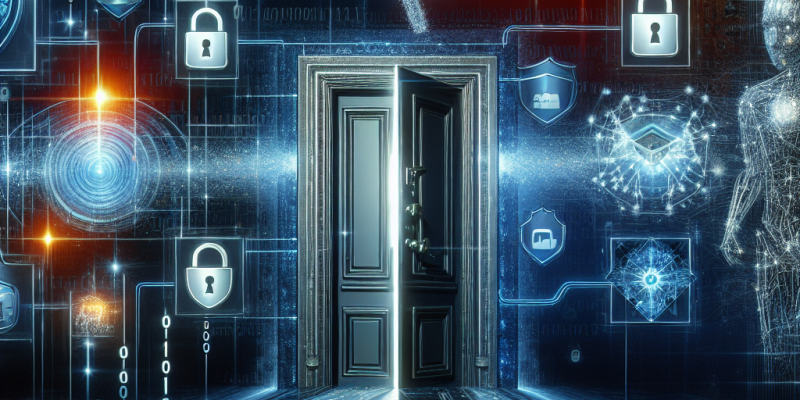From Zero Trust to AI: Cybersecurity Best Practices That Will Define 2025

As we head into 2025, the landscape of cybersecurity is changing rapidly. With more businesses moving online and the threats becoming increasingly sophisticated, it is essential to adopt effective practices to protect sensitive information. Here are the key cybersecurity best practices that will define 2025, focusing on the Zero Trust model and the influence of AI.
Understanding Zero Trust
The Zero Trust model is built on the idea that no one, whether inside or outside an organization, should be automatically trusted. In a world where cyber threats are everywhere, this approach helps organizations to stay secure. Here are the main principles of Zero Trust:
- Never Trust, Always Verify: Every access request must be verified, regardless of its source.
- Least Privilege Access: Users should only have access to the data and systems they need for their job.
- Micro-Segmentation: Breaking down the network into smaller parts makes it harder for attackers to move laterally.
By 2025, the Zero Trust model will likely become the standard for organizations of all sizes, ensuring that sensitive data remains protected.
The Role of AI in Cybersecurity
Artificial Intelligence (AI) is rapidly transforming many fields, and cybersecurity is no exception. Here are some ways AI will play a crucial role in 2025:
-
Threat Detection: AI can analyze vast amounts of data to identify suspicious patterns and anomalies quickly. This capability significantly speeds up threat detection, helping organizations respond faster to potential breaches.
-
Automated Response: AI can also automate responses to common threats, allowing security teams to focus on more complex issues. For example, when an unusual login is detected, AI can automatically lock the account until further investigation.
-
Predictive Analytics: By utilizing AI, organizations can anticipate potential threats before they happen. Predictive models will help cybersecurity teams to prepare for attacks and strengthen defenses proactively.
Combining Zero Trust and AI
The integration of Zero Trust principles with AI technologies will be vital for enhancing cybersecurity in 2025. Here’s how they complement each other:
-
Enhanced Verification: AI can provide deeper insights into user behavior, allowing organizations to verify identities with greater accuracy. This leads to more robust access controls under the Zero Trust model.
-
Continuous Monitoring: AI technologies can continuously monitor user activities in real time, ensuring compliance with Zero Trust principles and quickly detecting anomalies.
-
Adaptive Security: With AI, cybersecurity measures can adapt to new threats in real time. This means that as cyber threats evolve, organizations using AI in combination with Zero Trust will be better equipped to manage risks.
Best Practices for 2025
Here are some essential cybersecurity practices to adopt as we move towards 2025:
-
Implement Zero Trust: Start by reviewing access controls and implementing a Zero Trust architecture. Ensure that team members understand the “never trust, always verify” policy.
-
Leverage AI Technologies: Invest in AI-driven tools for threat detection and response. These technologies can provide significant advantages in keeping networks secure.
-
Regular Training: Cybersecurity threats evolve, so ongoing training for employees is crucial. Regularly educate staff about the latest threats and best practices.
-
Incident Response Plan: Develop and regularly update an incident response plan. This plan should outline steps to take in the event of a data breach or cyber attack.
-
Evaluate Third-Party Risks: As businesses increasingly rely on third-party vendors, assessing their security posture becomes critical. Ensure that partners also adhere to strong cybersecurity practices.
Conclusion
As we look towards 2025, the combination of the Zero Trust model and AI technologies will shape the future of cybersecurity. By implementing best practices like these, organizations can better protect themselves against the increasing number of cyber threats. Staying informed and prepared will be essential in this ever-evolving landscape.














